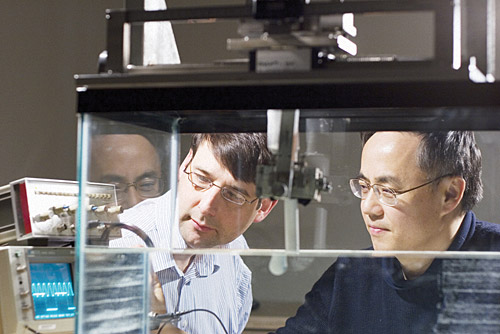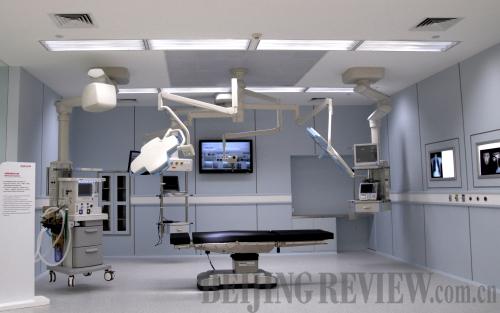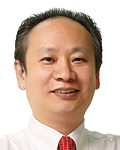|
 |
|
RESEARCH PIONEER: One of Mindray's overseas R&D center in Seattle of the United States. The company is looking to further expanding its operations overseas (COURTESY OF MONDARY) |
Yang said quality and reliability, especially in the medical equipment field, are essential to entering foreign markets. As such, all of Mindray's research projects are subject to strict worldwide quality criteria such as ISO9001/13485 and CMDC. From initial design to testing and engineering, all processes must comply with U.S. Food and Drug Administration (FDA) regulations and European Union CE standards to ensure top safety and reliability.
"Since Mindray has both obtained market permission from the FDA and received the CE mark, it's been easy for us to export our products to the United States and Europe," said Yang. "We've found our products are mostly attractive to private clinics, small community hospitals and small labs, so that's become our major market now."
In 2009, Mindray reported sales of $634 million, with the United States accounting for 20 percent of sales. Hopes are high that the company can boost that figure to 30 percent in the next few years.
 |
|
ADVANCED OPERATIONS: Mindray showcases its operating room solution at the exhibit hall at its Shenzhen facility (JING XIAOLEI) |
So far, 2010 has been a good year for Mindray, with the company's sales rising 10.5 percent in the first six months to $325 million—and with higher revenues comes bigger ambitions to expand abroad. Brazil, India and Russia, the other three members of BRIC—have high market potential for Mindray products.
"We expect those countries—with their big populations, large number of medical facilities and ratio of medical investment to each country's GDP—to be excellent spots for Mindray to grow," Yang said.
Mega Mindray
 |
|
Xu Hang, Mindray's chairman and co-CEO |
In 1991, Xu Hang, an ambitious 29-year-old with a master's degree in Biomedical Engineering from Tsinghua University, gave up a position as the chief technology officer at a medical equipment company to start his own business with a handful of engineers. China, at the time, barely had its own medical equipment industry, instead relying on imports from foreign manufacturers. But Xu believed he could do something to break that internationally dominated monopoly.
Initial investors promised 2 million yuan ($294,000), but when it came time to collect, Xu had only 200,000 yuan ($29,400). But Mindray managed to make money from the miniscule startup fund by selling medical monitors made in Hong Kong and the United States. As Xu sold more units and made more contacts, Mindray began forming a service network and eventually found a market demand, so it established research teams to draw up small project ideas.
In 1992, Mindray launched its first, also the country's first, blood oxygen saturation monitor. But due to technological, quality and sales setbacks, it wasn't until 1995 that clients were willing to use the Mindray monitors. "The hospitals didn't trust Chinese devices. So we took advantage of medical seminars where we let hospitals try out our products and compare them with other ones to win their trust," Xu said.
But in 1996 and 1997, Mindray still hadn't made any progress in developing new products. Some of the company's co-founders took this as a sign to leave Mindray.
But Xu withstood the crisis and managed to keep the company afloat. And his persistence has paid off. In the following decade, Mindray developed many medical products that were welcomed in the market, allowing the company to gradually become the market leader in China.
In 2000, Mindray began tapping into overseas markets, which is now starting to complement domestic sales, and Mindray's profits have soared.
| 